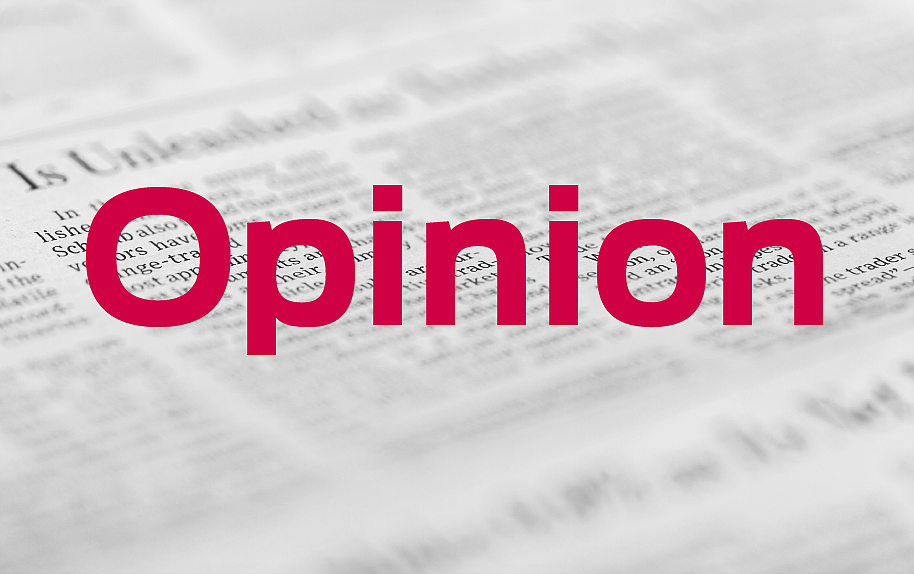- July 26, 2024
-
-
Loading

Loading

T
his really is madness: the tsunami of money Congress is flooding all over the U.S. And the “Build Back Worse” plan — trillions more in borrowing and taxation — is still pending.
The inflation (printing of money) is making all of us poorer, especially the middle class and poor, and it’s only going to get worse.
It really is incomprehensible to try to grasp just how much money is pouring into state and local governments. In the misnamed American Rescue Plan, which Congress adopted and Biden signed in March, just consider Sarasota and Manatee counties. Sarasota is receiving $84.25 million; Manatee $78.33 million.
That is like free money. A gift. Winning the lottery. A windfall of extraordinary amounts (even though it is borrowed, printed with abandon and strapped to the backs of our children, grandchildren and great-grandchildren to pay off).
Just for some perspective, that $84 million for Sarasota County is 25% of the money collected from the 30,000 taxable properties in the county in a year.
In fact, so much federal taxpayer money has been flowing into state, county and municipal governments since the pandemic began in 2020 that we continue to hear elected officials at all levels say the same thing: “We have so much money now we don’t know what to do with it. We don’t need it. And there’s still more coming.”
Surely, never in your lifetime have you heard government officials say that. That’s how extraordinary this is.
But even with politicians saying they don’t know what to do with all the money, we all know they will spend it. In fact, they have one big incentive to make sure they do. Congress has put a Dec. 31, 2024, deadline on having agreements executed where local governments will spend the money, or they’ll lose it. And then they must spend it by Dec. 31, 2026.
There are no politicians in the country who want to risk their reelections by telling constituents: “We gave your tax dollars back so they can go to states like California, New York or New Jersey.”
But holding all that hot money in their hands is a test for every city and county commissioner. Where and how should that money be spent?
Consider the Sarasota County Commission as a typical example.
Although that $84 million might seem like free money, of course it is not. Congress stipulated five categories in which the money can be spent. What’s more, Congress required jurisdictions to solicit feedback from taxpayers on where and how to spend the money.
That sounds like a democratic thing to do, but actually what a farce.
For four weeks starting Oct. 11, the county posted and pushed out a survey on social media and distributed paper surveys in the libraries, county offices, parks and community centers.
But it’s clear few Sarasota County residents knew of the survey. Out of the 366,125 voting-age adults in the county, the county received 727 “qualifying respondents” — 0.2%, barely a blip of public feedback.
But based on the responses of those 727 people who chose from a list of 12 options the county staff provided, here were the top five areas where respondents want to allocate the money:
That’s not a bad or dumb list. But you cannot conclude those 727 respondents are a representative sampling of the county’s residents and demographics and should have overweighted sway in how to allocate $84 million.
Thankfully, they weren’t given that power. But the county staff made the final call. It combined public feedback with its own evaluations, ultimately recommending a list that combines preferences of the 727 respondents and county staff.
As the Sarasota Observer reported, staff recommended the biggest chunk of the money ($31 million, 36%) go toward converting Phillippi Creek residents’ septic tanks to the county’s sewer system.
Those septic tanks have long been an environmental bugaboo for the county. But thanks to Commissioner Christian Ziegler, he persuaded fellow commissioners to reconsider the allocation.
Instead of converting the septic tanks, Ziegler is advocating the county invest that $31 million — and more — in funding a portion of the $500 million that the county is expected to spend over the next several years completing its advanced water treatment facilities.
Ziegler is right. He is viewing this windfall the way all elected officials should — for the best long-term return for the most taxpayers. Another way to see Ziegler’s approach is to apply what economist Arthur Laffer calls his rule of one. It goes like this:
Imagine yourself being the recipient of this $84 million windfall. What would you do for yourself with that money, including having the same two-year window and restrictions that Congress imposed?
A logical response would be to apply that money first and foremost toward investments that would make your life more efficient and less costly or toward infrastructure projects that you have been putting off but know you’ll need to do soon. Say, replace a roof or upgrade your plumbing, HVAC or electrical/broadband systems.
The effect of these investments would lower your cost of living now and in future years, freeing up cash for other uses; allow you to pay down debt and/or avoid more future debt; and avoid major crises that come with worn out infrastructure.
You likely will never have this windfall cash again. Make it have a lasting return. Invest it in infrastructure.